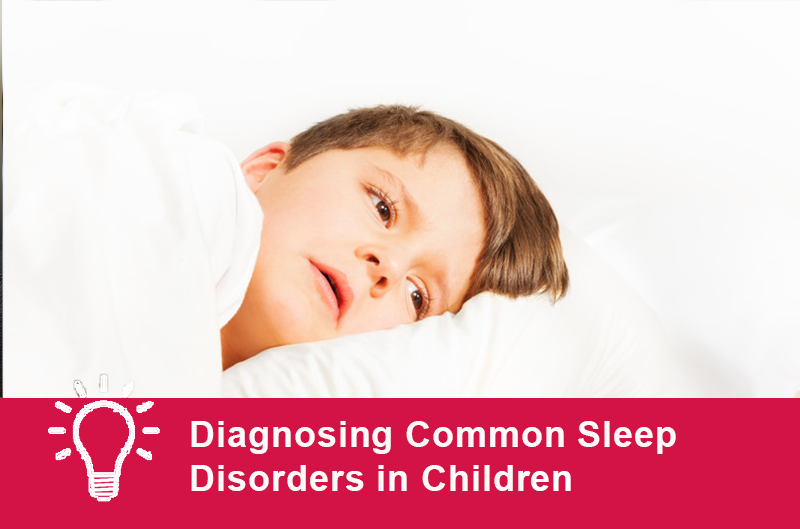Diagnosing Common Sleep Disorders in Children
The Carlat Psychiatry Blog, Volume , Number ,
https://www.thecarlatreport.com///
Always screen for disturbances of sleep—they often are the key to other problems a child might be having. Look at factors from issues at school or in the family, as well as digital exposure and dietary habits (caffeine, carbs, etc). The following is a brief primer on common sleep disorders, from The Carlat Child Psychiatry Report: Insomnia Sleep-disordered breathing Delayed-sleep-phase syndrome Disorders of arousal Restless legs syndrome Subscribers to The Carlat Child Psychiatry Report can read all the articles in the Sleep Disorders issue. Subscribe here.
In primary insomnia, common complaints are difficulty falling asleep/maintaining sleep, worrying about being unable to sleep, and decreased daytime functioning. Treatment involves changing dysfunctional sleep behaviors (irregular sleep-wake schedule, daytime napping, and negative sleep perceptions). The most common type of insomnia in the pediatric population is behavioral insomnia, ie bedtime problems and/or awakenings. Children may refuse to sleep, want to be rocked, or sleep in their parents’ bed. This “flocking” behavior is common to all mammals at times, a natural protective instinct. Popular methods that demand that children “cry it out” actually impede the development of healthy self-regulation. Soothing with an aim toward learning self-soothing yields far better long-term results for emotional growth and resilience.
Sleep-disordered breathing in children ranges from primary snoring to obstructive hypoventilation to obstructive sleep apnea syndrome (OSAS). The condition can be subtle or overt. Your clinical suspicion should be high in any child with behavioral problems, who wakes up unrefreshed. Any cessation of airflow at the nose and/or mouth causes disrupted sleep, transient hypoxemia (low levels of blood oxygen), and hypercapnia (high levels of CO2). This is related to inattention in the daytime as well as disturbances of mood. Rather than jumping to medications of any sort, consider ENT and sleep lab assessments. Sleep medications make these problems worse and the daytime ones (eg, stimulants or antidepressants) are not addressing the actual problem.
This is a circadian disorder characterized by a shift in the sleep cycle to progressively later bedtimes and corresponding difficulty waking up early enough to fulfill social responsibilities. It is common in adolescents, who had an evolutionary role to stay up late guarding a sleeping tribe. Current culture demands they get up early for school on weekdays. While light therapy and melatonin can help, it is more effective and ethical to lobby for developmentally appropriate polices for school hours.
Disorders of arousal (also known as parasomnias) include sleepwalking, sleep terrors, and confusional arousals. They are more common in young children and tend to decrease during the second decade of life, when slow-wave sleep declines. Avoidance of triggers, such as insufficient sleep, stress, and anxiety is helpful. Disorders of arousal can be dangerous if they include leaving the home at night. In these cases, measures such as alarms and locking up the car keys may be needed.
Restless legs syndrome (RLS) is a primary neurological disorder, characterized by uncomfortable sensations in the lower extremities that are accompanied by an almost irresistible urge to move the legs. A unique feature of RLS is the timing of symptoms; it appears to have a circadian component, often peaking in the evening. Iron supplementation for children with RLS is a reasonable choice and might be an easy ‘fix’ if the ferritin level is <50.


